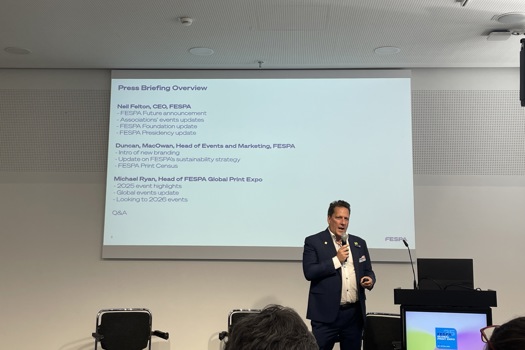Speaking at the show, Nils Miller, senior scientist for media research and environmental technology for HP Labs, said progress had been made on de-inking following the news HP would collaborate with paper manufacturers AbitibiBowater, NewPage and Stora Enso.
"The paper industry can influence and enhance the de-inking of digital ink," he said. "I want to engage with them. We are currently ahead of the game. Analogue may have the lion's share of volume at Ipex at the moment but in five or 10 years' time inkjet will comprise a more significant volume of the market."
He added: "Paper design can affect the de-inking capabilities. The chemical aids used in the manufacturing of paper to assist durability can actually help de-inking, in some cases quite dramatically."
Miller began looking into de-inking in the inkjet segment at Drupa 2008. At the time, HP unveiled the prototype of its T300 inkjet web press (Hall 12, AB150). The European paper manufacturers' body Ingede hailed the machine, claiming that it produced "the first ever de-inkable inkjet prints".
HP is part of the Digital Print De-inking Alliance (DPDA) along with Kodak, InfoPrint Solutions and Océ. Miller believes the progress made by HP has helped Ingede to change the way it assesses the de-inkability of inkjet print.
"The new Method 11P creates pH conditions more directly comparable to those in a de-inking mill," he said.






